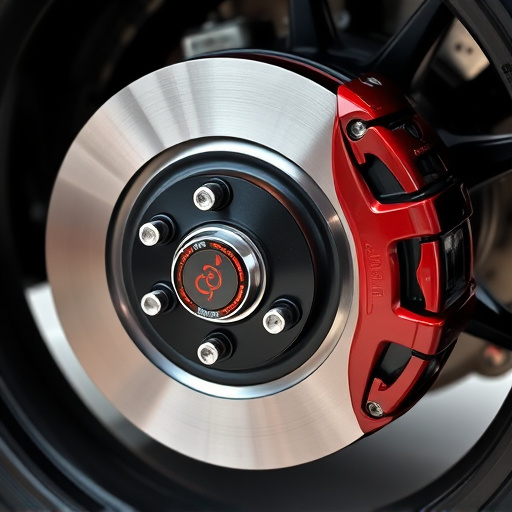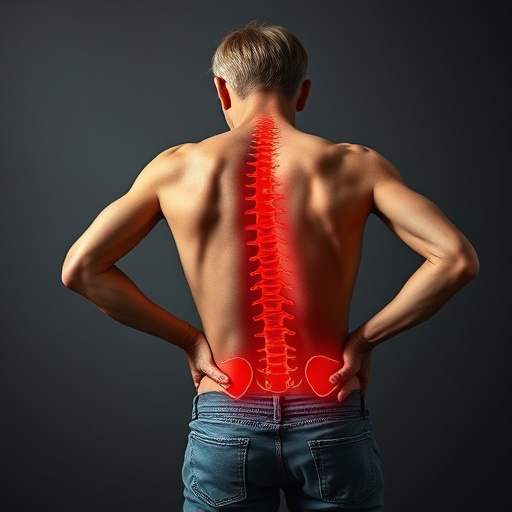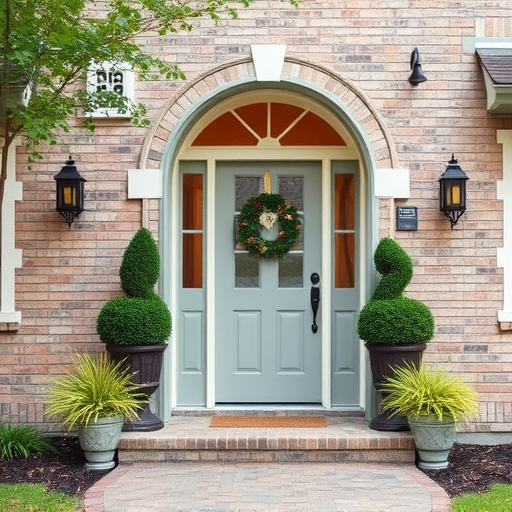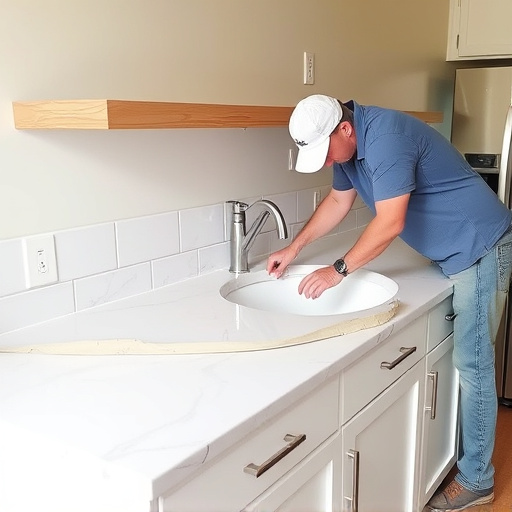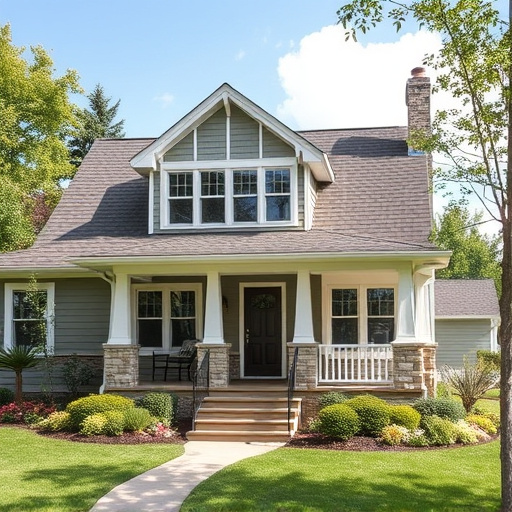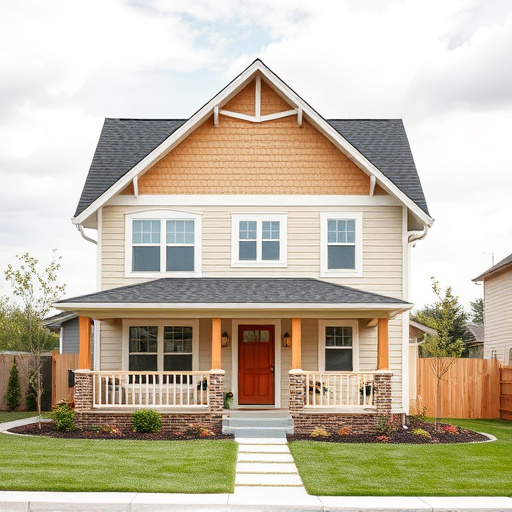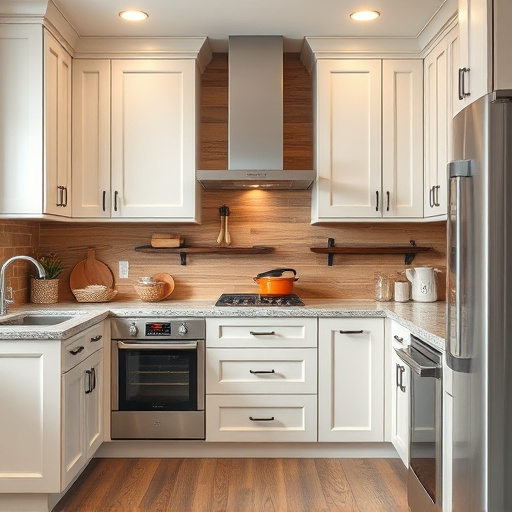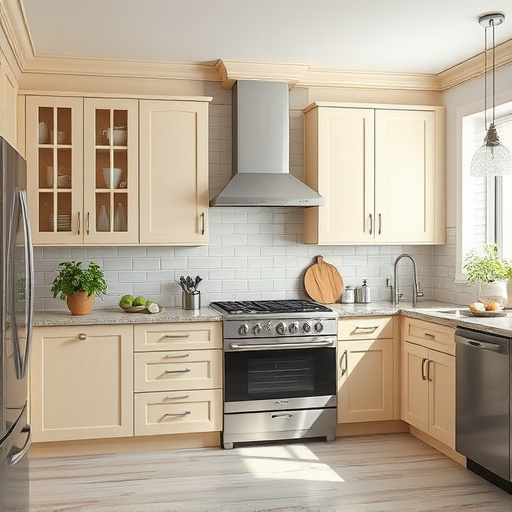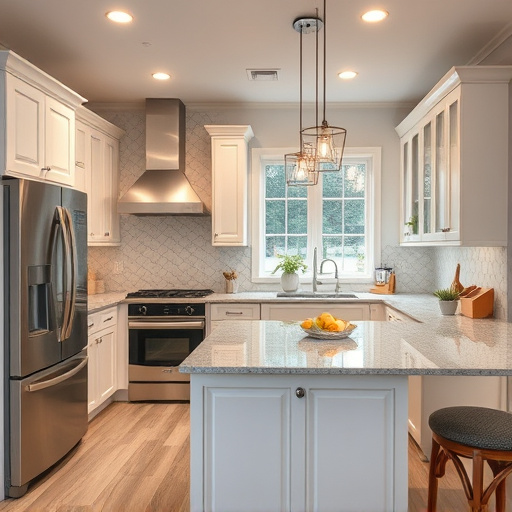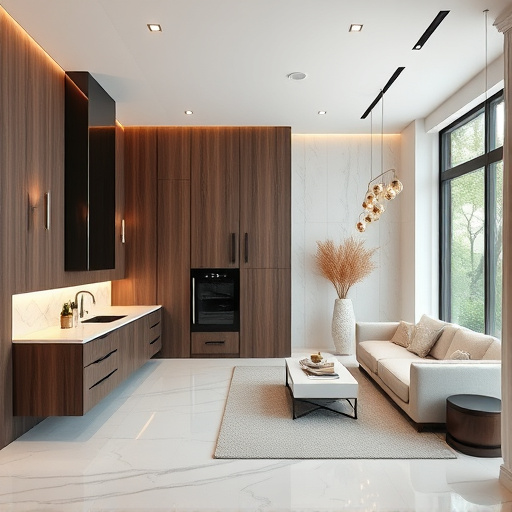In commercial design, achieving cohesiveness through strategic choices is vital for creating functional and visually appealing spaces. This includes applying fundamental principles like symmetry, proportion, and color theory, using similar palettes and balancing furniture/lighting to enhance spatial flow. Integrating complementary textures and materials across zones creates a unified look, improving aesthetics and continuity. Designing with flexibility and adaptability, such as modular furniture and smart technology, ensures spaces can evolve with changing trends and needs, ultimately providing a personalized and efficient environment for diverse business objectives.
Creating cohesive multi-use commercial spaces requires a thoughtful balance between functionality, aesthetics, and adaptability. This article explores how to achieve harmonious design across various uses within a single space, focusing on key principles, consistent branding, and flexible layouts. Learn effective strategies to incorporate multiple functions seamlessly, ensuring longevity and satisfying diverse user needs in dynamic commercial environments. Discover the secrets to successful multi-use commercial design.
- Understanding Commercial Design Principles for Cohesiveness
- Strategies to Create Consistent Spaces Across Different Uses
- Incorporating Flexibility and Adaptability for Longevity in Multi-Use Designs
Understanding Commercial Design Principles for Cohesiveness
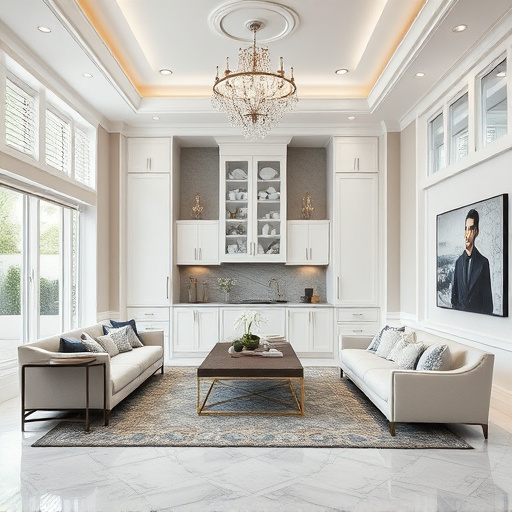
In the realm of commercial design, achieving cohesiveness is paramount to create functional and visually appealing spaces. Understanding fundamental design principles forms the crux of this endeavor. Symmetry, proportion, and color theory are essential tools for crafting a harmonious environment. For instance, employing similar color palettes throughout a bathroom remodel or home renovation ensures visual continuity. Balancing elements like furniture arrangements and lighting fixtures can enhance spatial flow, making each area feel connected while serving distinct purposes.
Additionally, the integration of complementary textures and materials across different zones contributes to cohesiveness. When planning floor replacements, considering patterns or colors that tie spaces together creates a unified look. These design strategies not only elevate the overall aesthetics but also foster a sense of continuity, making multi-use commercial spaces more inviting and operationally efficient.
Strategies to Create Consistent Spaces Across Different Uses
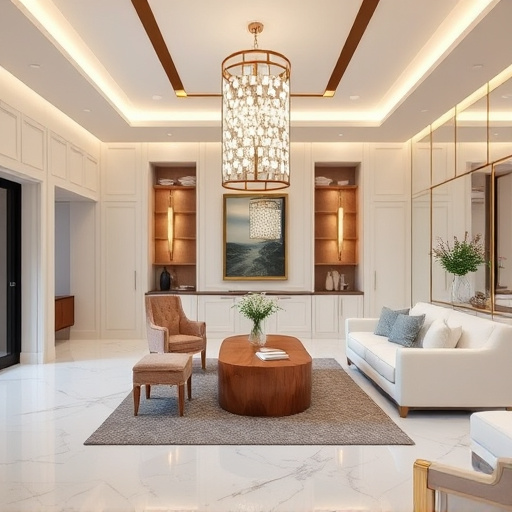
Creating consistent spaces that cater to various uses within a commercial setting requires thoughtful strategies. The key lies in designing with flexibility and adaptability in mind. For instance, integrating modular furniture allows for easy rearrangement, catering to different room functionalities—from conference rooms to pop-up retail displays or multi-purpose event spaces. This approach ensures that the overall aesthetic remains cohesive while accommodating diverse business needs.
Additionally, selecting a color palette and material themes that resonate across different areas helps establish visual continuity. For a seamless transition between spaces like an office area and a bathroom remodel, consistent flooring solutions are essential. Floor replacements should complement the design language established in other parts of the commercial space, ensuring users experience a unified environment regardless of the specific room they’re in.
Incorporating Flexibility and Adaptability for Longevity in Multi-Use Designs
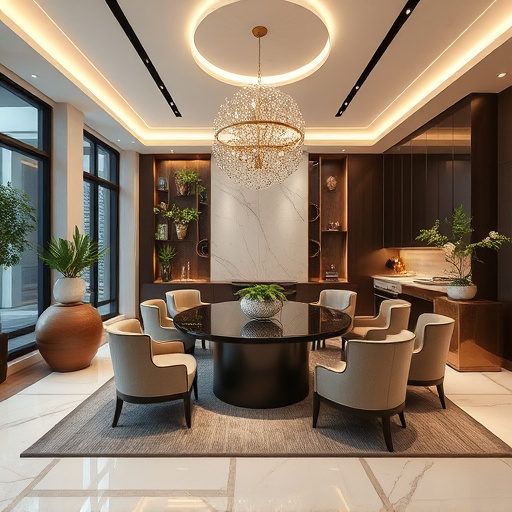
In multi-use commercial design, incorporating flexibility and adaptability is paramount for creating spaces that can evolve with changing needs and trends. This means designing with future-proofing in mind—envisaging how a space might be utilized decades down the line. For instance, a kitchen remodel should include modular elements and adjustable layouts to cater to shifting culinary trends or even changes in technology, like integrating smart appliances. Similarly, planning for multiple room remodel projects involves creating versatile areas that can double as offices, meeting rooms, or event spaces, ensuring the space remains relevant and valuable over time.
Customized work is another key aspect of achieving longevity. Tailoring designs to specific clients’ requirements allows for a unique, personalized space that better serves their current and future business objectives. This customization should extend beyond aesthetics to functionality, incorporating innovative solutions like retractable walls or built-in storage systems that adapt to changing inventory needs. By embracing these strategies, commercial designers can craft spaces that not only stand the test of time but also thrive in an ever-changing marketplace.
Ensuring cohesiveness in multi-use commercial design requires a delicate balance between adhering to fundamental design principles and incorporating flexibility. By understanding and applying these principles, as discussed in this article, professionals can create spaces that seamlessly adapt to various functions while maintaining visual harmony. Consistent aesthetics, thoughtful layout adjustments, and the integration of adaptable elements are key strategies to achieve longevity and versatility in commercial design projects.
